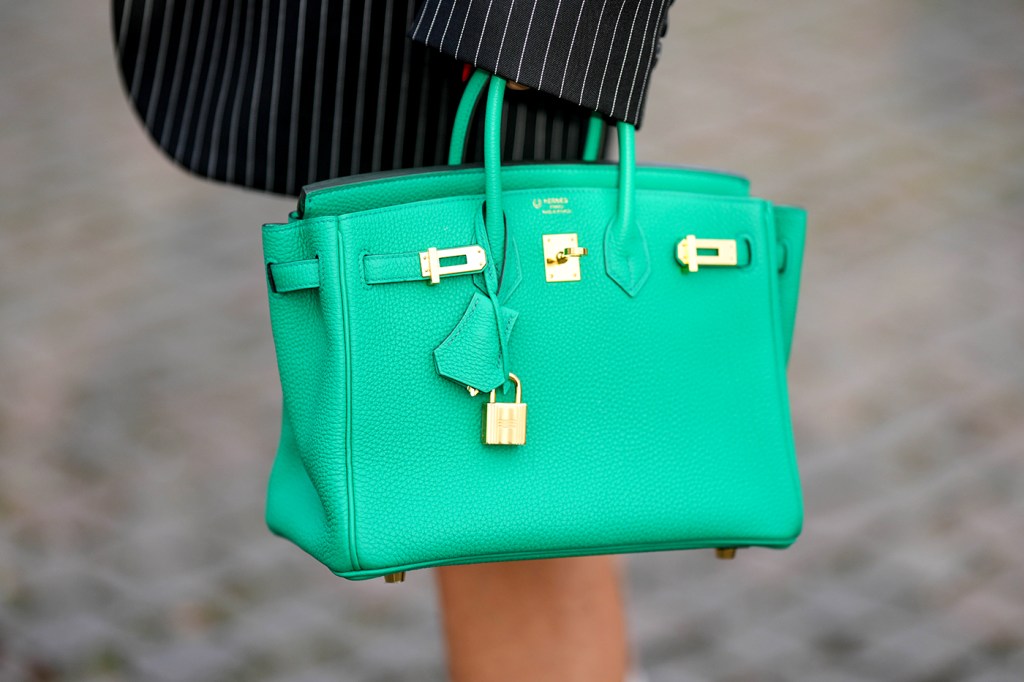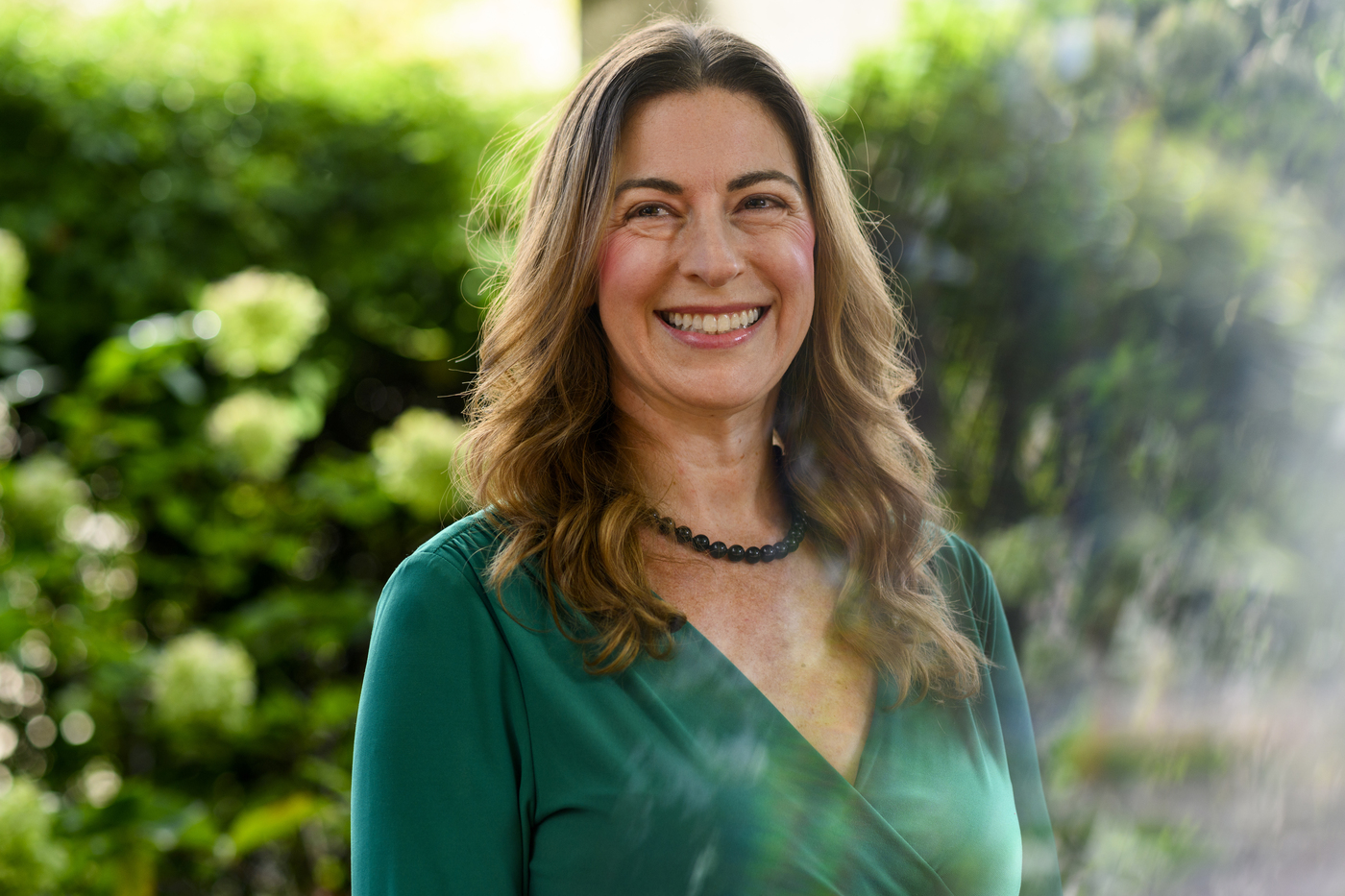What is the future of the Birkin bag after the death of Jane Birkin? Will counterfeits overtake real bags?

International fashion icon Jane Birkin, a French singer and actress for whom one of the most recognizable lines of designer handbags is named, has died. But fashionistas and consumers of high-end goods won’t soon forget her or the luxury handbag she inspired—the “Birkin” bag—arguably the most expensive in the world.

Birkin’s death, announced this week, is precipitating a resale “bloom” in “all things Birkin,” according to The Guardian, from her characteristic “Breton stripes, wide-leg trousers and A-line skirts” to the namesake, highly coveted and highly counterfeited luxury handbag itself.
Indeed, “superfake” Birkins are so widespread and evidently desirable that there’s even an Instagram watchdog account devoted to uncovering deals of the knock-offs, claiming money from high-end fakes have been linked to terrorism and other organized crime.
Birkin’s death comes in the midst of already elevated attention to the posh underworld of the Birkin superfake market. This year, a whistleblower with the French bagmaker Hermès accused a prominent TikToker of trying to resell several Birkin knock-offs.
The scandal was followed by a New York Times Magazine piece detailing the “delirious rise” of superfakes across all designer brands, from Chanel and Louis Vuitton, to the five-figure-plus Birkin.
“It does seem like there’s been an increase in inquiries about the Birkin bag since Jane Birkin’s death,” says Alex Roberts, professor of law and media at Northeastern University.
“She [Birkin] quipped at some point that when she dies, she might be remembered more for the bag than anything else—and that seems to be very clearly true,” Roberts says. “I remember this also happened when Kate Spade died; there was a rise in desire for her bags, even though she was no longer with a brand by then.”
Authentic, previously owned and counterfeit
Roberts divides the luxury handbag market into three de facto segments. There’s the market for new authentic bags; the market for previously owned bags, buoyed in recent years by selling platforms such as eBay and Poshmark; and the counterfeit market, which has long flourished amid high demand for look-alikes.
Counterfeit goods are infringing under trademark law, she says, “if they create likelihood of consumer confusion” among “reasonable consumers,” usually at the point of sale.
“Counterfeiters will always be happy to meet demands and rise to meet whatever people are looking for,” Roberts says. “The traditional model is that people were selling stuff out of the trunks of their cars and places where they can pick up and run, but there’s been a huge rise in sales online.”
As a result, cracking down on counterfeit vending has proven difficult, she says.
Elizabeth Cline, a sustainable fashion expert who attended Northeastern, says that while luxury conglomerates in concert with Western regulators spend “a tremendous amount of money” cracking down on counterfeits, illicit vending is simply outpacing enforcement efforts. By one measure, luxury counterfeits have increased by up to 10,000% amid soaring sales of high-end items in recent decades.
“Counterfeiting is a massive, massive industry and it’s probably close to impossible to catch even a fraction of the people who are engaged in it,” Cline says.
Fake bags by same artisans
There’s another problem: namely, the existence of credible fakes. A handful of workers who produce the real bags were accused of making replicas of “unprecedented quality.”
But Birkin bag counterfeiting, despite coming into public attention this year, isn’t new. Hermès’ former CEO Patrick Thomas in 2012 remarked that up to 80% of objects sold online under the Hermès mast are counterfeit.
For Cline, the question isn’t whether we’ll see a rise in Birkin fakes to meet increased demand, but how counterfeits have been allowed to circulate so long in the first place.
“I have wondered for a long time why there wasn’t more scrutiny on luxury supply chains,” Cline says. “For example, there’s so much scrutiny on fast fashion supply chains, and it isn’t exactly a secret that a lot of these products are made in similar if not the same factories as mass market clothing.”
Cline adds that the psychology of luxury fashion is—in a word—“warped.”
“What are you paying for exactly?” she says. “You are paying for a name. Some of it is about heritage and craftsmanship; but a lot of it is about competitive consumerism, and demonstrating that you can spend a lot of money where someone else can’t.”
Tanner Stening is a Northeastern Global News reporter. Email him at t.stening@northeastern.edu. Follow him on Twitter @tstening90.






